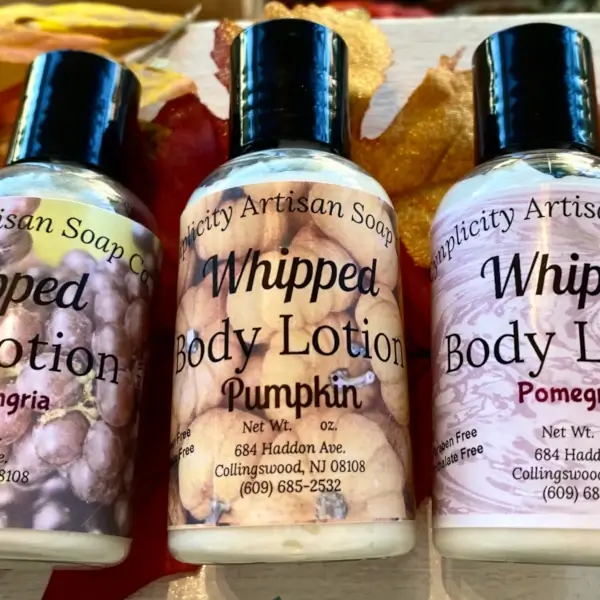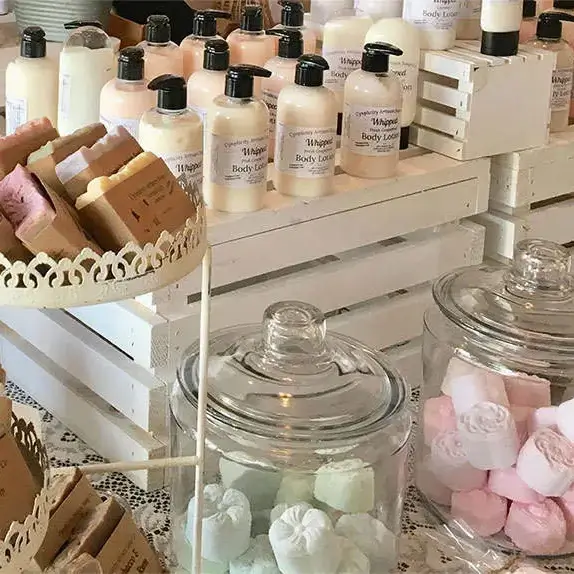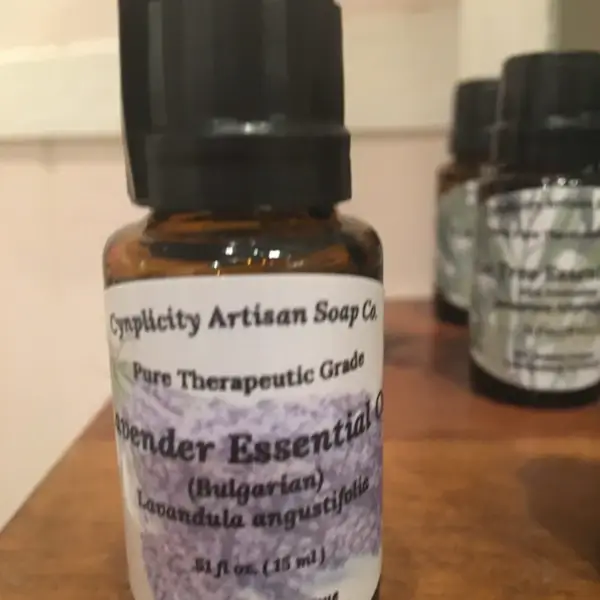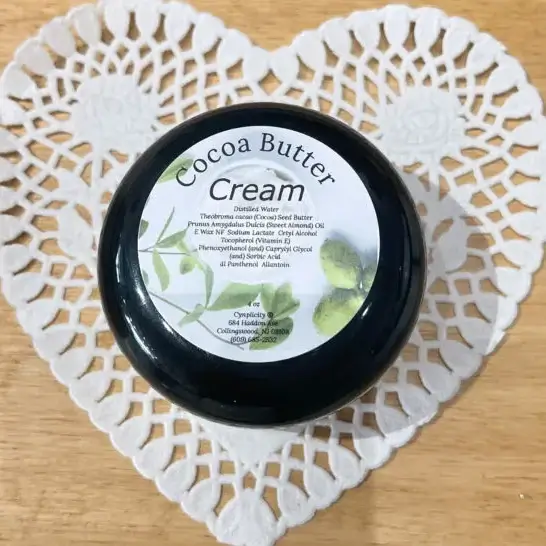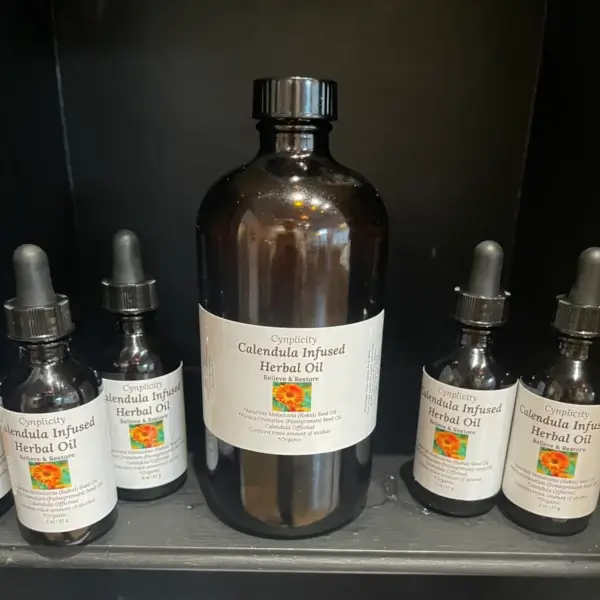
GARDENER’S TALE - CALENDULA TO THE RESCUE
Meet our Garden Fairies. Calendula has arrived at Cynplicity, and we are excited about our star ingredient, featured in our bath and beauty products. And if you’re a gardener, Calendula maybe blooming in your garden. Whether you have a green thumb or not, you’ve probably heard of this homeopathic first aid essential, available at your local drugstore.
With bright yellow, orange, and peachy-pink flowers, this cheerful mood lifter is a favorite among gardening enthusiasts. Scientifically known as Calendula Offcianalis, commonly referred to as English or pot marigold, the genus is a member of a daisy Asteraceae family, which includes dahlias, asters, sunflowers, and chrysanthemums. True marigold is its cousin. Aside from adding to a gorgeous garden mosaic, Calendula earned its deserving reputation as a mighty healer with a sunny disposition.
Originally native to the Mediterranean, parts of North Africa and the Middle East, it’s now grown all over the world. Calendula inherited its name from the Latin diminutive “calendae”, which means little calendar, little clock, or new moon since it’s believed to bloom on the first day of each month during the growing season. It’s a “no fuss”, mostly annual flower, able to grow rapidly in sun or shade, that is planted in spring after the last frost. It blooms throughout the summer into fall and enriches the soil with its biomass in winter. While it’s a beautiful standout in a bouquet of cut flowers, rooted, its pest repellent, sticky sap attracts pollen and nectar seeking hummingbirds, butterflies, bees, and other insects. This resin is the medical component that sets Calendula apart as a powerful healer.
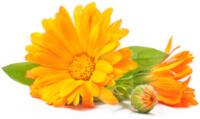
According to the lore, the name marigold originated from its association with Virgin Mary festivals in Medieval Europe, coinciding with the plant blooming season. Extensively used throughout history in Western, Ayurvedic, and Chinese medicine, Calendula was also known to be a substitute for expensive saffron and was traditionally used in the kitchen, eaten fresh or cooked. The pigment from the flowers was used as food colorant and to dye textiles. From Ancient Rome, through the Middle Ages and Renaissance, from the arrival of the first settlers in the New World, through the American Civil War and beyond, Calendula was an indispensable restorative companion. It was transformed into salves, ointments, teas, and elixirs to heal wounds, cuts and scrapes, burns, stings, and overall skin irritations.
With its illustrious pedigree, Calendula is still valued in the modern medicine cabinet, and has also made its way into skincare products. It is known to have anti-inflammatory, antioxidant, anti-fungal, antibacterial, and antiseptic properties. It’s soothing, moisturizing, and is abundant in fatty acids that nourish the skin. Regenerative on the cellular level, it increases blood flow and hydrates to keep skin firm and supple.
So, if you’re not allergic to plants in the daisy family, gentle Calendula may be the one for you to maintain your natural glow!


